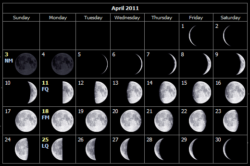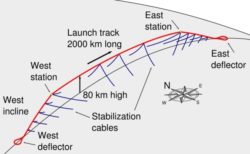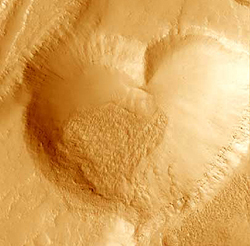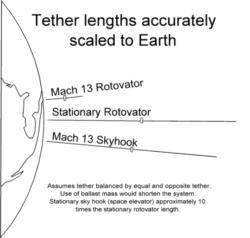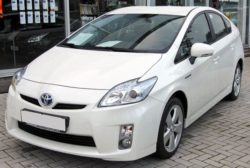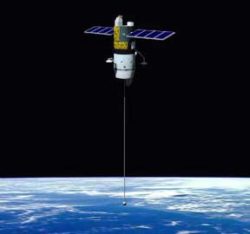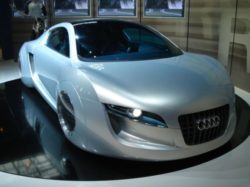Monthly Stargazing Calendar for April 2011
The Lyrids are an average meteor shower with about 20 meteors per hour at their peak on April 21 and 22. These meteors can produce bright dust trails that last for several seconds. The shower is most spectacular during the peak on April 21 and 22, but some meteors can still be spotted from April 16 to 25. The meteors will be radiating from the constellation of Lyra after midnight.
Non-Rocket Spacelaunch – Advantages and Difficulties of a Launch Loop
Unlike conventional rockets, launch loops can have many launches per hour, independent of weather, and are not inherently polluting. Rockets create pollution such as nitrates in their exhausts due to high exhaust temperature, and can also create greenhouse gases depending on propellant choices. Launch loops require power in the form of electricity and as such it can be clean.
Monthly Stargazing Calendar for March 2011
This month, on the 20th, an equinox will occur. The Sun will shine directly on the equator and there will be nearly equal amounts of day and night throughout the world.
Cosmic Hearts
I hope you all had a happy Valentine's Day! :) Here are some pictures of cosmic hearts: A heart-shaped crater on Mars captured by the Mars Orbiter Camera onboard the Mars Global Surveyor. A heart-shaped Nebula, called W5, located 6000 light years away in the constellation of Cassiopeia.
Non-Rocket Spacelaunch – Launch Loop
A launch loop (also known as a Lofstrom loop) is a proposed design for a very efficient non-rocket spacelaunch method. It is a much simpler concept than the space elevator, but still more complex than tether propulsion systems such as the rotovator.
Future car technologies – Advanced control
This is the final part of the Future Car Technologies series of articles. In order to make highways safer, it has been proposed that future cars should be grouped into platoons of eight to twenty-five cars and drive as one following each other at a distance of about a meter. They would all be controlled by an artificial intelligence or a lead driver (which ideally would be the most experienced of the whole group). Such a grouping would greatly increasing the capacity of roads. Brief assessment of the technology Such a technology might require buying new cars, or it may be something that can be retrofitted. Drivers would probably need…
Non-Rocket Spacelaunch – Tether propulsion in fiction
This is the fourth and final part of the tether propulsion article of the non-rocket spacelaunch methods article series. This post will focus on references to the tether propulsion concept in fiction. The most prominent science fiction novels on the subject include the following.
Non-Rocket Spacelaunch – Tether propulsion safety issues
The use of tethers in space poses many challenges and safety issues. This third part to the tether propulsion article will focus on those issues. A lot of the challenges and safety issues of a space tether system are similar to those of a space elevator described in a previous article, but some are unique to the space tether concept.
Non-Rocket Spacelaunch – Tether satellite missions
This is the second part to the article about tether propulsion. It will focus on space missions that tested tethers in space. The first such mission took place in 1966. Gemini 11 deployed a 30m tether connecting it to the Agena target vehicle. It created a small amount of artificial gravity (0.00015 g) by spinning the two spacecraft.
Future Car Technologies – Alternative Fuel Vehicles
An alternative fuel vehicle is a vehicle that runs on an energy source other than conventional petroleum fuels (petrol or diesel). Due to a combination of factors, such as environmental concerns, high oil prices and the potential for peak oil, the development of alternative energy sources for vehicles will increase in the future. This article will list all the major currently existing alternative energy vehicle technologies.
Non-Rocket Spacelaunch – Tether propulsion
Tether propulsion consists in using long, very strong cables (known as tethers) to change the velocity of spacecraft and payloads. The tethers may be used to initiate launch, complete launch, or alter the orbit of a spacecraft. This form of propulsion would be significantly less expensive than spaceflight using modern rocket engines.
Future Car Technologies
New cars are being developed in order to make them more sustainable, safer, more energy efficient, and less polluting. These won't exactly be the cars we've seen in science-fiction movies, but they should be a big improvement over what we have today.

